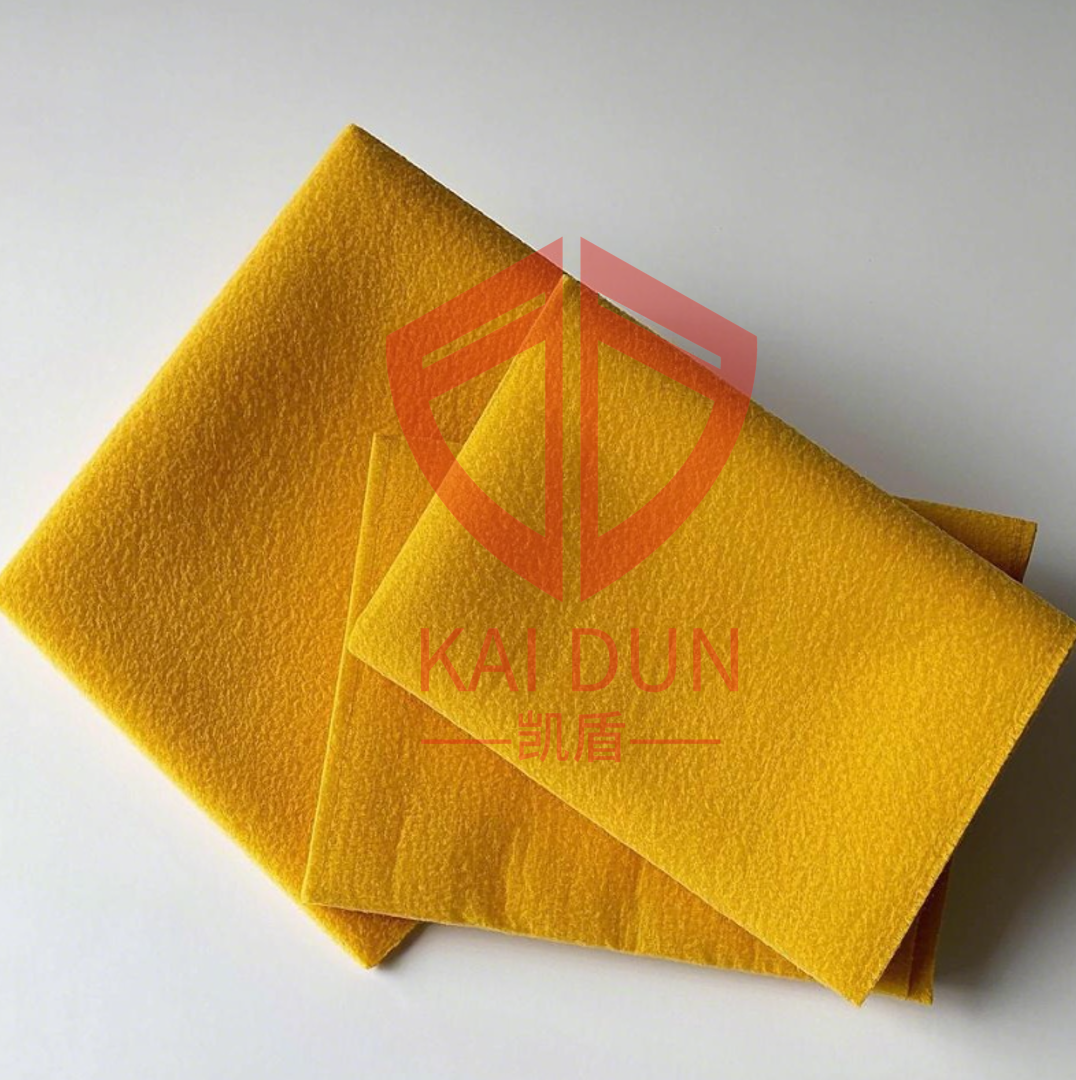Polyimide flame-retardant protective net, forest firebreak to control wildfire spread
May 23,2025

Wildfires are a serious threat, and traditional materials are outdated
Against the backdrop of global warming, forest fires are threatening our ecological environment with alarming frequency and intensity. Wildfires are increasing abroad, and they occur frequently in China during dry, windy seasons... In the face of this increasingly severe fire prevention situation, traditional firebreaks have proven inadequate. Polyimide flame-retardant protective nets, with their superior performance, are bringing significant changes to forest fire prevention.
In the face of forest fires, traditional materials such as wire mesh deform easily at high temperatures, creating fire channels that conduct and accelerate the spread of fire; they also rust easily in humid forests. Gabion retaining walls allow fires to jump over the top and ignite the back slope, and because of their limited height (usually <3 meters), they are often restrictive. Chemical fire retardants become ineffective after heavy rain and require repeated spraying, polluting the soil and water.
Polyimide flame-retardant protective nets: Building a technological Great Wall for forest fire prevention
Why choose polyimide flame-retardant protective nets?
1. Excellent flame-retardant properties
Limiting Oxygen Index (LOI) ≥38%, far exceeding the 28% of ordinary materials
Self-extinguishing time is only 0.5 seconds
Can withstand 1200℃ high-temperature impact
Anti-melt drop, forming a dense carbon layer to block oxygen
2. Excellent durability
Service life of up to 20 years
Weather-resistant temperature range -50℃ to 150℃
Excellent UV resistance
Lightweight and high-strength
3. Environmentally friendly and safe
Contains no harmful substances and does not produce toxic gases when burned
Biodegradable
Multi-scenario fire prevention deployment plan
1. Main firebreaks in forest areas
Three-dimensional fire wall: 3-meter-high protective net + 1-meter-deep underground flame-retardant layer
Intelligent monitoring system: Integrated temperature sensors and cameras
Ecological passage design: Mesh size 15cm (fireproof but not animal-proof)
2. Protection of key facilities
Oil depots/substations: Double-layer protective net + water curtain system linkage
Protection of ancient and famous trees: Customized anti-radiant heat net cover
Residential area boundaries: Composite structure with fire-extinguishing powder layer
3. Emergency rapid deployment
UAV swarm networking: 1 km firebreak completed in 30 minutes
Modular connection: Snap-on connectors for seamless splicing
Reusable: Recovery rate >90% after fire cleanup
Reduces the speed of wildfire spread and increases environmental benefits.
Reduced wildfires can reduce carbon dioxide emissions by 8,000 tons/year per kilometer, protect biodiversity, increase the survival rate of key species by 70%, and reduce soil erosion by 90% (compared to fire-affected areas). It also reduces the casualty rate of firefighters and reduces insurance claims.
Related Posts
Contact Us
E-mail:
gdkaidun@163.com
Phone/WeChat:
86-131-3828-6677
Address:
Room 401, Building 21, No. 1, Keqing Road, Yundonghai Street, Sanshui District, Foshan City, Guangdong Province





